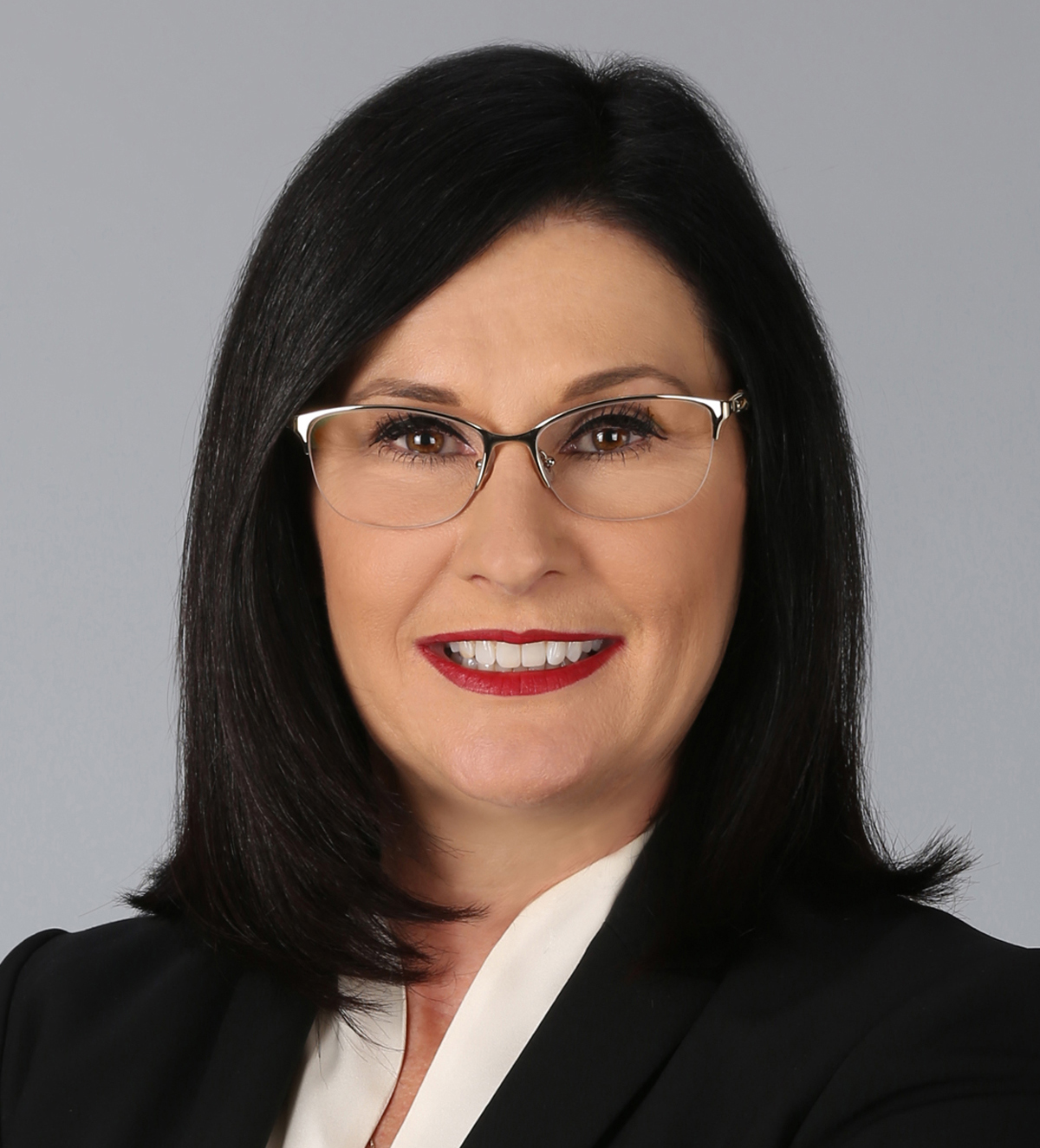By Darcie Lunsford
Tourism, agriculture, international trade, aviation, aerospace, life sciences and the marine industries most often are the sectors that come to mind as being the main turbines that power Florida’s economy. But commercial real estate sector is nipping at their heels to get noticed.
Development of office, industrial, retail and entertainment properties in Florida emerged as the fifth largest in the nation, generating $11.8 billion in total economic output and employing 100,569 people, according to the 2016 Economic Impacts of Commercial Real Estate study, funded by the NAIOP Research Foundation. The 18,000-member NAIOP is the nation’s leading commercial real estate trade association.
Locally and nationally, the economic impact from the development and operation of office, industrial and retail properties exceeds skyscraper scale.
Wholly, commercial real estate development and the operation of existing properties contributed $834.4 billion to U.S. gross domestic product in 2015, the study shows. The sector fueled 6.1 million jobs and $255.8 billion in personal income.
Texas leads the nation for commercial real estate development impact with $55.4 billion in total economic output and nearly 400,000 jobs, followed by New York ($43.1 billion, 266,000 jobs), Louisiana ($32 billion, 237,000 jobs), and California ($22.2 billion, 152,000 jobs).
“I am not surprised that Florida ranks among the top five states. Louisiana is a bit of an anomaly, however, as it is driven by investments in refineries and energy infrastructure,” says Wells Fargo senior economist Mark Vitner. “Florida commercial real estate development is primarily being driven by the state’s rapid population growth and large tourist sector. Rapid population growth fuels demand for retail space, warehouses and apartments. Industrial development is also helping fuel office development, with gains coming from financial services, professional services, life sciences and R&D [research and development].”
The direct and indirect impact of developing the nation’s 429.3 million square feet of new office, retail and industrial projects from design to tenant improvements rang up $450 billion for the U.S. economy in 2015. That was noticeably less than $528 billion generated in 2014, but still more than in the previous three years, the study shows. Development supported 3.2 million jobs.
But think of commercial real estate as the economic gift that keeps on giving. Once a building is up, it still must be maintained—in good times or bad.
The nation’s commercial real estate owners directly spent $145.6 billion in 2015 to operate the nation’s 45.1 billion square feet of existing commercial properties. Operating commercial real estate supports nearly 2.9 million jobs, with $110.1 billion in wages. In total output, running existing commercial properties contributes $384.1 billion to the U.S. economy, according to the study.
“Real estate, and development in general, has always been one of Florida’s legacy economic foundations along with tourism and agriculture,” says Bob Swindell, president of the Greater Fort Lauderdale Alliance. “Commercial real estate inventory provides economic capacity and is the vital infrastructure component to support the growth of our targeted industries.”
By product type, you don’t have to look further than the millions of square feet of new big-box warehouses across South Florida, to understand that industrial development is king in Florida—and the data shows this.
The state ranks third in the nation for warehouse development with $2.9 billion in total economic impact. Texas was first with $6.6 billion, followed by California with $5.5 billion, the study shows.
Florida ranks ninth for retail development with $2.1 billion in total economic output and 30th for office development, reflecting the dearth of new office projects post-recession.
“Florida is a great place to live. The population continues to grow, fueling demand for both housing and for business to service the expanding population,” says Brian Latta, vice president of development for Chicago-based Bridge Development Partners, which has an office in Miami. “Rising interest rates may dampen growth in the short run, but Florida being an attractive place to invest, the markets will ultimately correct themselves.” ↵











